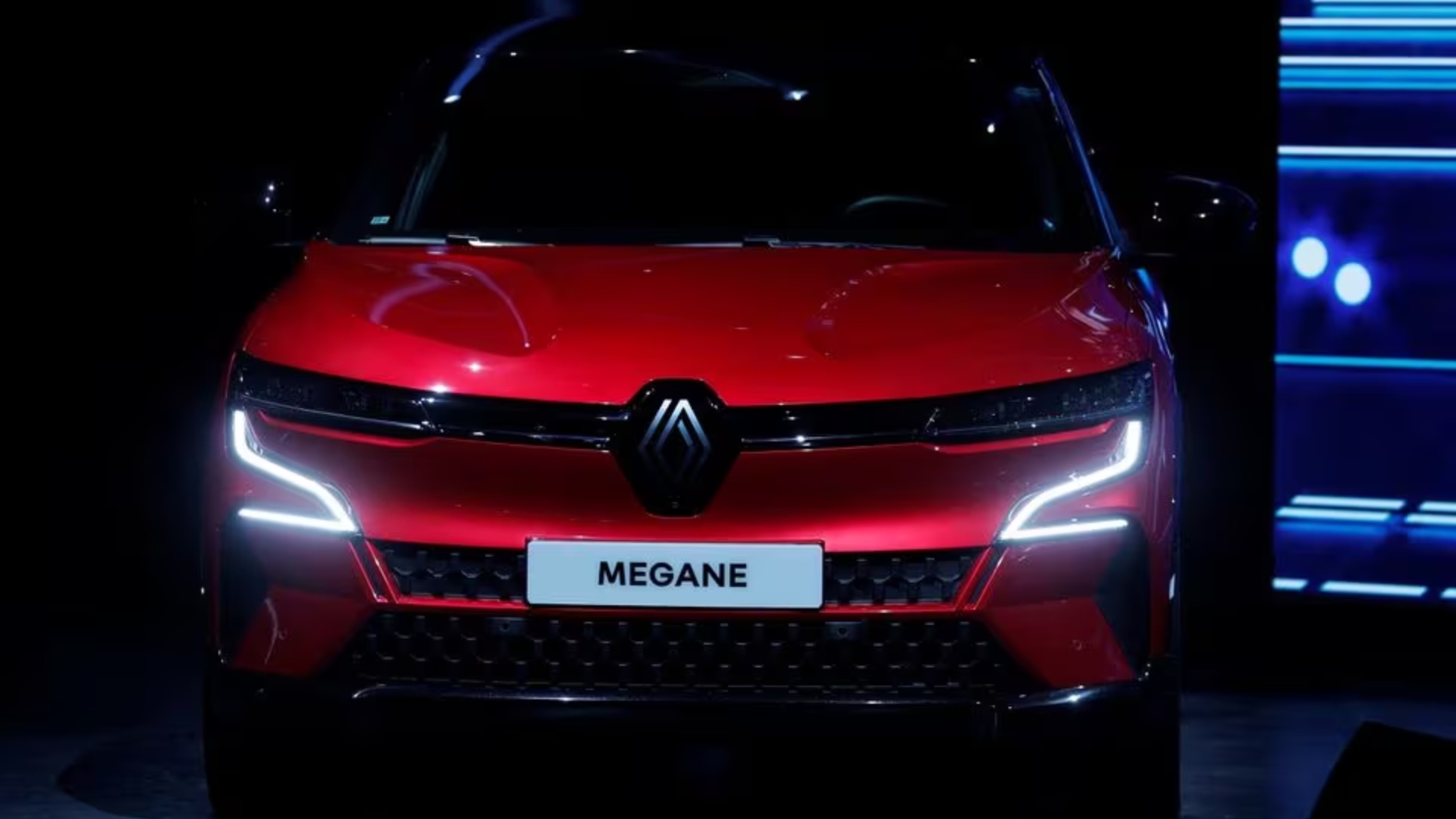LONDON/DETROIT, (Reuters) – Under pressure from Chinese competitors, major U.S. and European auto manufacturers are pushing hard to cut electric vehicle costs so they can have price tags and profit margins similar to those of fossil-fuel models, industry executives said on Thursday.
Europe’s Stellantis and Renault are trying to develop more affordable EVs, which are more expensive than combustion-engine equivalents, as electric car sales growth has slowed, while U.S. giants General Motors and Ford broached the possibility of partnerships that could lower EV costs.
The high cost of EVs has become a significant barrier to broader mass adoption for zero-emission cars. Automakers have struggled to keep up with Tesla, the leading EV maker in the United States and Europe, but lower-cost Chinese models have heightened the competitive stakes.
“If I were a short-termist, I could immediately increase my sales of electric vehicles simply by letting the margins slide,” Stellantis CEO Carlos Tavares told reporters after the company posted full-year results and warned of a turbulent year ahead.
The arrival of lower-cost Chinese EVs has added new impetus to European automakers’ ongoing efforts to develop more affordable models. BYD and other low-cost Chinese EV makers are accelerating exports of vehicles to Europe and other regions, and U.S. automakers are fearful that those companies will establish factories in Mexico to ship EVs to the United States.
“Of course, everybody is trying to reduce the cost of EVs,” to reach price parity with combustion-engine models, Renault CEO Luca de Meo told analysts when asked about prices and profitability.
De Meo, speaking after Renault published 2023 results, said reducing prices will be easier for smaller cars because automakers can cut the size of the battery pack – which typically makes up around 40% of an EV’s cost – but means prices will remain higher for those with bigger batteries.
Ford is also evaluating its battery strategy and has started a dedicated team to design a lower-cost EV that could compete with BYD. “We can start having a competitive battery situation. We can go to common cylindrical cells that could add a lot of leverage to our purchasing capability,” CEO Jim Farley said. “Maybe we should do (this) with another OEM (automaker).”
BALANCING ACT
Both U.S. and European automakers face a delicate balancing act where they need to reduce EV price tags, but have to cut costs first in order to produce the profits investors seek.
Ford and GM face pressure from investors to rein in spending on EVs; the former is expected to lose $5 billion to $5.5 billion this year on those vehicles.
Last October, Stellantis brand Citroen unveiled its new electric e-C3 SUV, a low-cost model starting at 23,300 euros ($25,015) aimed at taking on Chinese rivals in the affordable EV market.
Thanks to falling raw material costs for batteries, Tavares said that margins between its electric and fossil-fuel models “are converging” and that he wants to accelerate that process.
The Fiat 500 currently starts at 16,790 pounds ($21,066) in Britain, based on Stellantis’ Fiat website, while the electric e500 starts at 28,195 pounds.
Renault chief financial officer Thierry Pieton said the electric Scenic due for launch this year will start at slightly under 40,000 euros ($42,944).
“If you look at the competition, including Chinese competition, Scenic is going to be very well positioned,” he said.
($1 = 0.9314 euro)
($1 = 0.7970 pound)
Reporting By Nick Carey and Gilles Gillaume; Editing by Jane Merriman and Jonathan Oatis











